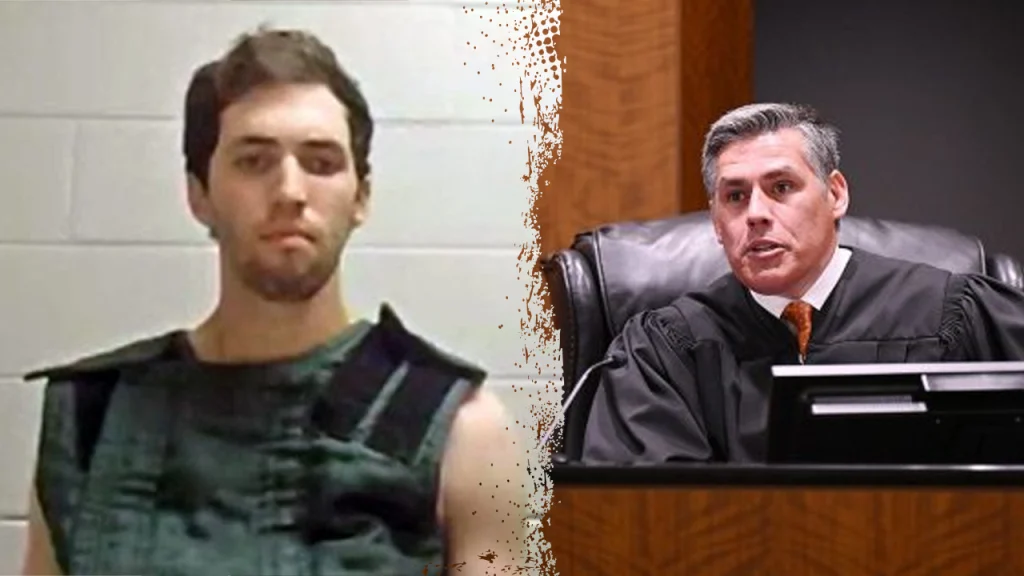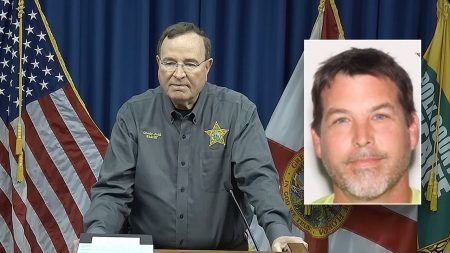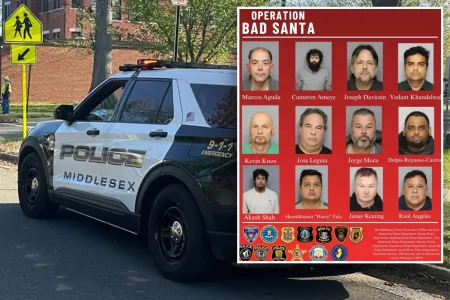Judge Tony Graf: A Steady Hand for Utah’s Most Significant Murder Trial
In the heart of Utah, a newly appointed judge is stepping into what legal experts are calling “the biggest legal case in Utah history.” Judge Tony Graf, with less than two months of judicial experience, now shoulders the immense responsibility of presiding over the capital murder trial of Tyler Robinson, who stands accused of assassinating Turning Point USA founder Charlie Kirk. Despite the unprecedented national attention and the weight of a potential death penalty case, those who know Graf professionally express confidence in his ability to navigate these turbulent waters with fairness and diligence. His appointment to this case—apparently randomly allocated—places him at the center of a legal proceeding that will likely be scrutinized for years to come, both within Utah and across the nation.
Two Utah attorneys who have worked with Graf paint a picture of a conscientious professional well-equipped for this monumental task. Defense attorney Skye Lazaro, who has known Graf professionally for years, describes him as “very fair” and “very conscientious,” someone who will “take his oath of office very seriously.” While Graf spent most of his career as a prosecutor, Lazaro believes his familiarity with the criminal justice system won’t compromise his impartiality: “He’ll decide fairly, the best he can, based on what’s in front of him.” This sentiment is echoed by Nathan Evershed, who worked alongside Graf at the Salt Lake County District Attorney’s Office and characterizes him as “very diligent, very hardworking,” someone who “got there early, understood his cases and really cared about doing the right thing.” Though Graf may lack judicial experience, both attorneys emphasize that his years as a prosecutor have given him substantial courtroom experience that will serve him well in managing this high-profile case.
The Robinson case presents unique challenges for any judge, especially one so new to the bench. As Lazaro notes, “There’s a really steep learning curve going from practicing law to being on the bench,” and this particular case comes with extraordinary public attention and political pressure. Death penalty cases are inherently difficult, and “when you add in media and political pressure—and calls for the death penalty early on—it makes it that much harder.” The case will demand not only legal acumen but emotional resilience from everyone involved, including the judge. Despite speculation about whether the case might be moved to another venue due to its high profile, Lazaro believes this is unlikely, noting pragmatically that “you’re not gonna get a more favorable jury with a change of venue because it’s nationally known… everybody’s talking about this case.”
Graf’s personal attributes may prove as important as his legal experience in successfully managing this case. Evershed describes him as having “a very calming demeanor” and “a very strong presence,” someone who “doesn’t easily back down from his convictions.” These qualities will be essential as Graf navigates the intense scrutiny this case will attract, not only during the trial itself but through the years of appellate review that will almost certainly follow if Robinson is convicted and sentenced to death. Every judicial ruling, every order, every decision about evidence will be examined in minute detail. As Evershed puts it, “Your heart just really goes out to him. You would hope to have at least 10 years of experience on the bench to handle this kind of quagmire. In this case, he had less than two months.”
Despite the daunting nature of the task ahead, those familiar with Graf’s work express confidence in his readiness to meet this challenge. “He’s not someone that’s gonna prematurely put his thumb on the scale for certain outcomes,” Evershed observes, adding that Graf “understands his role… of judicial restraint and making sure that things are handled appropriately.” This judicial philosophy will be critical in a case where the rights of the defendant must be balanced against the gravity of the crime and the public’s interest in justice. Lazaro reinforces this point, noting that all judges “take their oath very seriously,” which includes “being unbiased and making rulings based on the facts and the law.” She expresses confidence that Graf will “do the very best job he can to be impartial and uphold his duty to the office.”
As Utah prepares for what will likely be a lengthy, complex legal proceeding, Judge Graf stands at the center of a perfect storm of legal significance and public attention. The case represents, in Evershed’s words, a “career-defining moment” not just for Graf but for “literally everyone that’s involved.” The road ahead will be long and difficult, with countless hearings and motions to navigate before any resolution is reached. Yet amid the uncertainty, there remains a sense that in Judge Tony Graf, the Utah judiciary has found someone equal to this extraordinary challenge—a careful, experienced legal professional who brings respect, balance, and a commitment to justice to every courtroom he enters. As the nation watches and waits, Graf begins the painstaking work of ensuring that this most significant of trials proceeds with the fairness and dignity that American justice demands.











